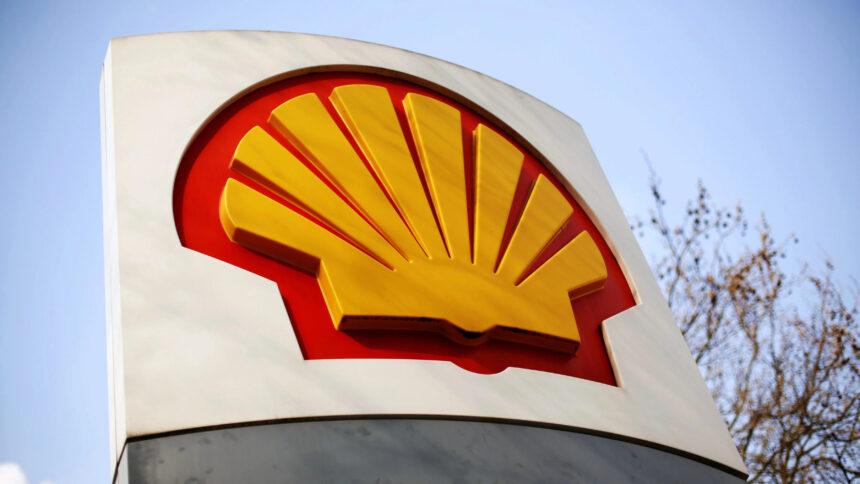Royal Dutch Shell kicked off its second quarter in style, announcing a $3.5 billion share buyback right after reporting a surprisingly strong set of first-quarter results. This marks the fourteenth straight quarter that Shell has committed at least $3 billion to buying back its own stock—a clear sign the oil major is eager to reward investors and boost its share price.
Q1 Performance: Better Than Expected, but Down Year‑Over‑Year
In the three months ending March 31, Shell posted adjusted earnings of $5.6 billion, topping analysts’ average forecast of $5 billion. That 52% jump from the previous quarter reflects healthy demand for oil, gas, and chemicals. Yet when compared to Q1 of last year, profits were still 27% lower, a reminder that volatile energy prices continue to bite.
- Actual adjusted earnings: $5.6 billion
- Analysts’ estimate: $5 billion
- Year-over-year change: down 27% from Q1 2024
A Share Buyback Streak Unlike Any Other
Shell’s choice to pump $3.5 billion into share repurchases keeps alive an impressive streak. Since early 2022, the company hasn’t missed a quarter of at least $3 billion in buybacks. By reducing the total number of shares on the market, Shell hopes to increase each remaining share’s claim on future profits—making the stock more attractive to current and potential investors.
“Our strong performance and resilient balance sheet give us the confidence to launch another $3.5 billion of buybacks,” said CEO Wael Sawan. “This is exactly the strategy we outlined at our Capital Markets Day in March.”
Cash Flow and Debt: A Mixed Bag
While buybacks grab headlines, Shell’s balance sheet shows both strengths and challenges:
- Free cash flow fell to $5.3 billion in Q1 2025, down from $9.8 billion a year earlier. Lower oil prices were the main culprit.
- Net debt stood at $41.5 billion, a figure that includes lease obligations from Shell’s recent Pavilion Energy acquisition.
The drop in free cash flow suggests Shell will need to keep a close eye on costs and future commodity swings—especially if it plans to maintain its generous returns to shareholders.
Division-by-Division Highlights
Shell’s three core businesses each made solid contributions:
- Integrated Gas: Generated $2.5 billion in adjusted earnings, thanks in part to its leading liquefied natural gas (LNG) position.
- Upstream (Oil & Gas Production): Delivered $2.3 billion in profits, as steady output and efficiency gains offset price dips.
- Chemicals & Products: Contributed $449 million, showing consistent demand for industrial chemicals and fuels.
These results reflect a balanced portfolio—one that can weather weaker crude markets by leaning on gas and chemicals.
CEO Wael Sawan’s Take
In his statement, Wael Sawan celebrated Shell’s completed Pavilion Energy buyout, which strengthens its LNG business, and recent asset sales in Nigeria and Singapore, which “high-graded” the company’s portfolio. He emphasized that strong operating cash flow and a “resilient balance sheet” are key to sustaining both growth investments and shareholder returns.
Climate Critics Sound the Alarm
Not everyone is cheering. Shell recently scaled back its climate ambitions, scrapping a pledge to cut its own carbon footprint by 45% by 2035 and dialing back its goal to reduce the carbon intensity of its products from 20% to a 15–20% range by 2030.
Charlie Kronick, senior climate adviser at Greenpeace UK, slammed the moves:
“Shell is raking in billions while communities face devastating floods, wildfires, and heatwaves. It’s unfair that ordinary people pay for climate damage, while oil giants pocket the profits. They should help foot the bill.”
Kronick called for new “polluter taxes” on big emitters, with revenue used to protect vulnerable areas and bolster emergency services.
Striking a Balance
Shell’s latest quarter illustrates the tightrope energy companies must walk today: generate strong cash flow and keep investors happy, while responding to mounting pressure over climate goals. As global leaders debate tougher regulations and taxpayers push back on flood and fire costs, Shell will need to demonstrate how it plans to grow responsibly—without sidelining shareholder returns.
For now, the $3.5 billion buyback and solid Q1 beat will win applause on trading floors. But the real test lies ahead: can Shell deliver sustainable profits and a clear climate roadmap in a world demanding both?
Read Also: Chinese Programmer Ditches His Four-Storey House to Live Comfortably in Electric Car






